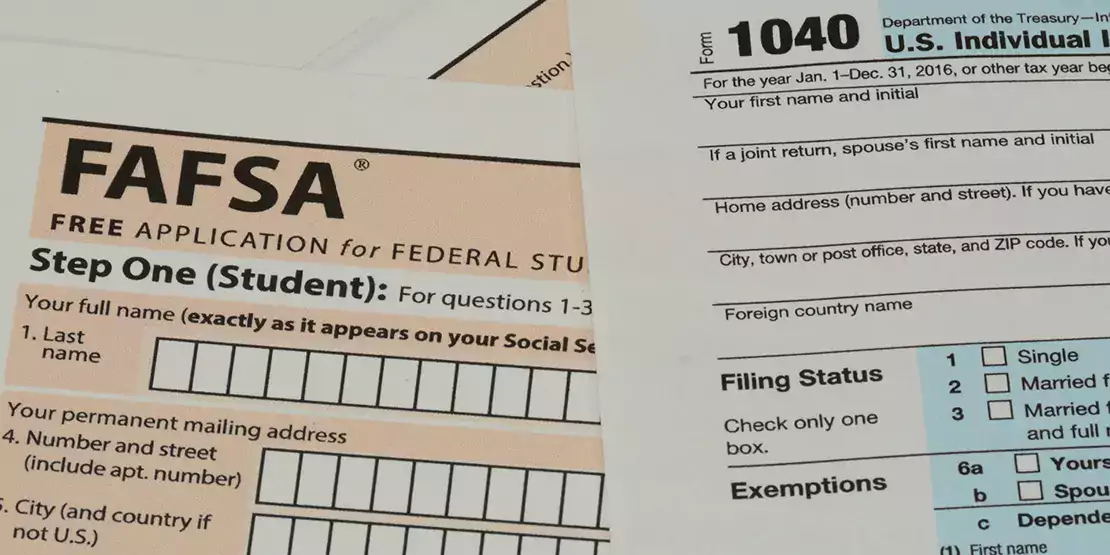To view, a glossary of broad financial aid terms visit the Department of Education website.
Glossary
Active participation refers to the requirements that a student must fulfill in order to receive and maintain their financial aid eligibility. This typically includes attending classes regularly, maintaining Financial Aid Satisfactory Academic Progress, and meeting any additional requirements set forth by the Financial Aid Office and the college. By actively participating in their education and meeting these requirements, students can ensure that they continue to receive financial support to help them achieve their academic goals.
Census refers to a specific point in time during the academic term when a student's enrollment status is officially recorded. This is typically done to determine a student's eligibility for certain types of financial aid, such as federal grants or loans. The census date is important because it is used to calculate a student's enrollment status and therefore their financial aid eligibility for the term. It is important for students to be aware of the census date and to make sure they are enrolled in the appropriate number of credits at that time to maximize their financial aid eligibility.
Disbursement is the process of releasing financial aid funds to pay for tuition, fees, books, and living expenses. The disbursement process typically involves the Financial Aid Office reviewing the student's enrollment status and verifying their eligibility for the funds. The timing of the disbursement may vary depending on the type of aid awarded.
FASAP stands for Financial Aid Satisfactory Academic Progress. It refers to the minimum academic standards that a student must maintain in order to remain eligible for various forms of financial assistance, such as scholarships, grants, and loans. FASAP includes requirements related to a student's GPA (Grade Point Average), the number of credits they must complete each semester, and the maximum amount of time they can take to complete their degree program. The Financial Aid Office regularly monitors students' progress to ensure compliance. Students who do not meet the FASAP requirements may become ineligible for financial aid in the future.
A grant is a form of financial aid that is awarded to students based on their financial needs or academic merit. It is considered a form of gift aid. In most cases, grants do not need to be repaid. However, there are some situations when a student may be disbursed grant money that must later be reversed because the student withdrew from school before completing a certain percentage of the semester.
Students may wish to apply for a loan to help fund their cost of higher education. A Federal Direct Loan is a type of financial aid provided by the United States government to eligible students pursuing higher education. There are two types of Federal Direct Loans: subsidized and unsubsidized. Subsidized loans are based on financial need, and the government pays the interest while the student is in school. Unsubsidized loans are not based on financial need and accrue interest while the student is in school. Repayment for Federal Direct Loans typically begins six months after the student graduates or drops below half-time enrollment.
Refund typically refers to the excess money that is returned to a student or their parents after all of their tuition, fees, and other educational expenses have been paid. This could happen, for example, if a student receives more financial aid than is necessary to cover the cost of attendance.
R2T4 stands for "Return to Title IV Funds" and refers to a federal financial aid policy that requires schools to calculate the amount of financial aid that must be returned to the government by students who withdraw from school before completing a certain percentage of the semester. This policy is intended to ensure that students do not receive more aid than they are entitled to if they do not complete their academic program. The Financial Aid Office follows specific guidelines for calculating the amount of aid that must be returned.
Verification is the process of confirming the accuracy of the information provided on a student's Free Application for Federal Student Aid (FAFSA). During verification, the Financial Aid Office will review documentation such as tax returns, W-2s, and other financial statements to ensure that the information on the FAFSA is correct. This process is required by the U.S. Department of Education and helps to ensure that students receive the appropriate amount of financial aid for which they are eligible.
